Introduction
Interior design, as both a professional discipline and an academic field, focuses on studying, planning, and implementing interior spaces. The goal of interior design is not only to create aesthetically pleasing environments but also to develop functional and user-oriented spaces. This field integrates aesthetic principles, environmental psychology, and architectural engineering to create interiors that cater to the users’ needs and enhance their daily experiences.
Historically, interior architecture was primarily limited to traditional materials like wood, stone, and brick. However, with technological advancements and the evolving demands of modern living, interior design has embraced a broader range of materials, including concrete, glass, metal, and composite materials.
Today, interior design is not just about visual appeal—it has a direct impact on human emotions and experiences. In this article, we will explore the significance of interior design, its psychological impact, commonly used materials, the effects of light and color, and the role of brick in interior architecture.
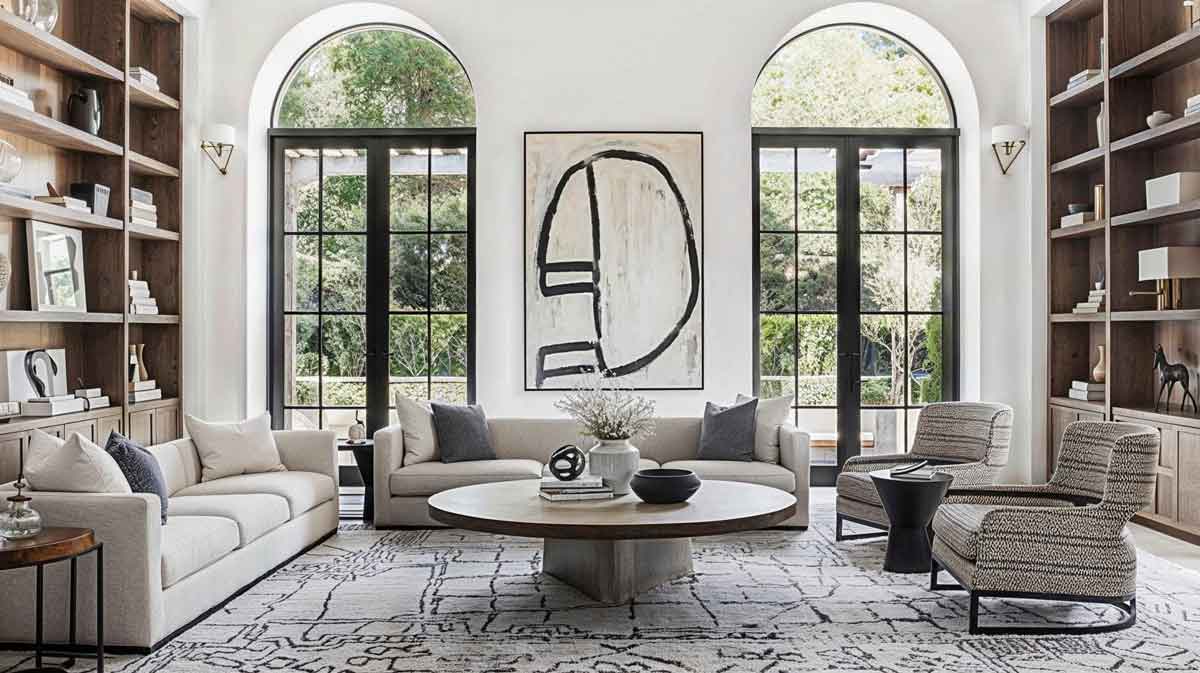
The Impact of Interior Design on Human Emotions
Interior design extends beyond furniture arrangement and color selection—it profoundly influences emotions and moods, often in ways that people do not consciously notice. Some of the emotional impacts of interior design include:
۱. Creating a Sense of Calm and Security
Spaces designed with soft colors, natural materials (such as wood and stone), and ambient lighting contribute to a sense of relaxation and well-being.
۲. Enhancing Energy and Productivity
In work environments, the use of bright colors like yellow and green, ample natural light, and ergonomic furniture helps improve focus and reduce fatigue.
۳. Encouraging Warmth and Intimacy
In residential spaces, incorporating elements such as woven rugs, natural wood, and warm lighting fosters a cozy and inviting atmosphere.
Recommendations:
✔️ Use cool, soft colors like blue and green to create a peaceful environment.
✔️ In small spaces, opt for bright colors and maximize natural light to make the area feel larger.
✔️ Incorporate natural materials such as wood and stone to enhance warmth and authenticity in interior décor.
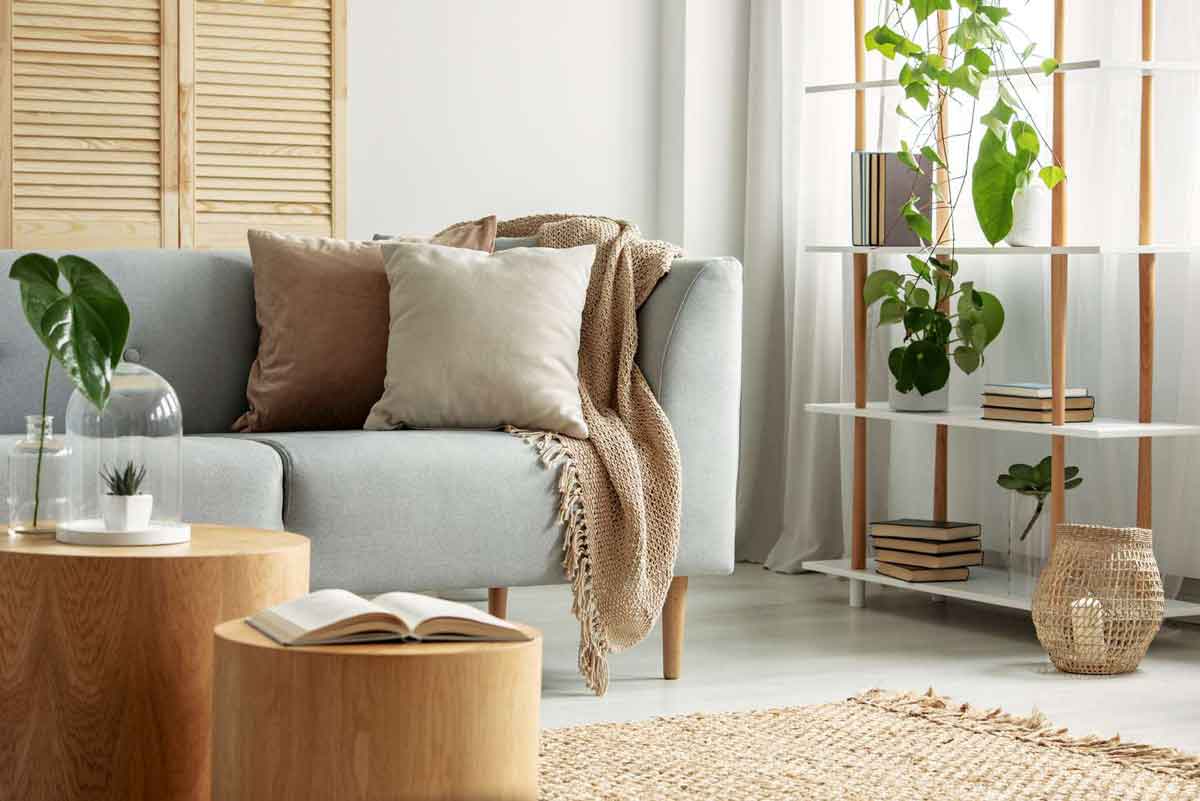
Environmental Psychology and Its Role in Interior Design
Environmental psychology is a crucial aspect of interior design that affects emotions, behaviors, and overall functionality. This field of psychology explores the relationship between people and their surroundings, revealing how interior spaces influence mood, productivity, and well-being.
۱. The Effect of Space on Behavior and Emotions
Interior design impacts social interactions and subconscious emotional responses. Some examples include:
-
Open and spacious environments promote a sense of freedom and relaxation, which is why open-floor layouts are commonly used in offices and educational settings.
-
Small and enclosed spaces may induce feelings of confinement and stress. This can be mitigated by using light colors, mirrors, and maximizing natural light.
-
Natural elements like plants, sunlight, and wooden materials enhance calmness and reduce anxiety.
۲. The Role of Layout in Productivity and Performance
The arrangement of furniture and spatial planning significantly affects how people use a space and their level of efficiency.
✔️ Workspaces: Desks should not face closed walls but instead be positioned near windows to maximize natural light and boost focus.
✔️ Educational environments: Seating arrangements should facilitate interaction and engagement.
✔️ Residential spaces: Furniture should be arranged to promote comfort and sociability, with soft rugs, ambient lighting, and ergonomic seating enhancing relaxation.
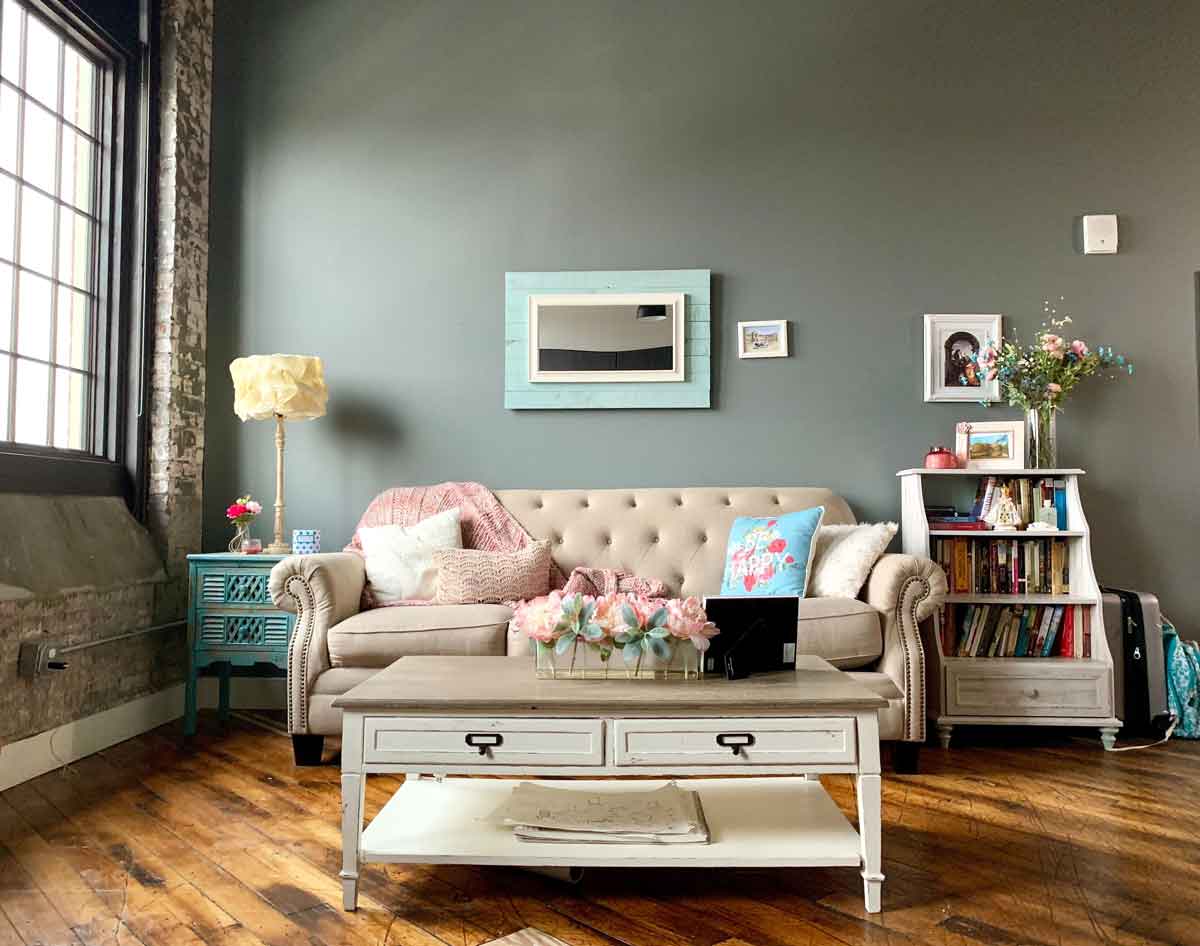
Commonly Used Materials in Interior Design
Materials play a vital role in shaping the look and feel of a space. Each material has unique characteristics that can be utilized based on the design style and functional requirements of the area.
۱. Wood
Wood remains one of the most widely used and cherished materials in interior design, adding warmth and a natural aesthetic to any space.
✔️ Applications:
-
Wooden flooring for a luxurious and cozy atmosphere
-
Wooden wall panels combined with modern materials like glass and metal
-
Wooden ceiling beams to create a rustic or intimate setting
۲. Glass
Glass is an excellent choice for small spaces, as it enhances openness and allows for the maximum entry of natural light.
✔️ Applications:
-
Glass doors in offices to maintain openness while providing some level of privacy
-
Tinted or frosted glass to create private areas without compromising light flow
-
Glass combined with metal in modern furniture for a sleek, contemporary look
۳. Stone
Due to its durability and timeless beauty, stone is a popular option in interior design.
✔️ Applications:
-
Marble flooring and walls for a sophisticated, high-end aesthetic
-
A combination of stone and wood in living spaces to balance warm and cool tones
-
Natural stone used for fireplaces and decorative walls
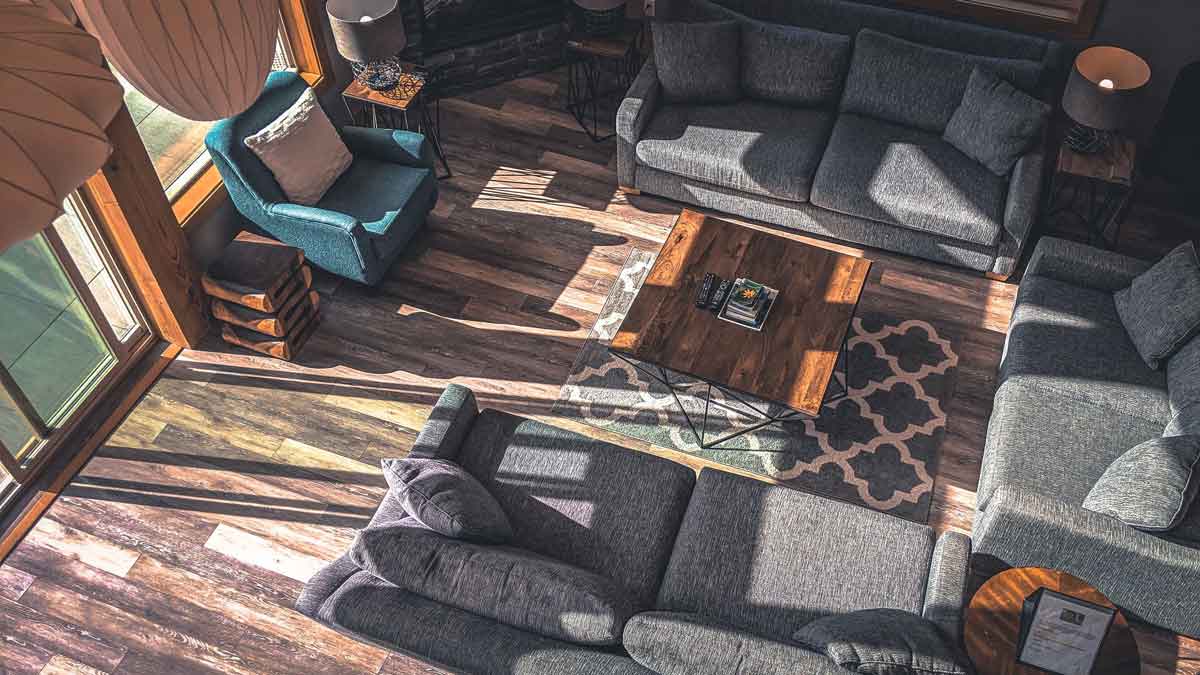
The Role of Lighting in Interior Architecture
Lighting, both natural and artificial, is a fundamental element of interior design that influences dimensions, colors, and textures. Natural light boosts energy and enhances mood, while artificial lighting helps define ambiance. For instance, warm, soft lighting creates a cozy atmosphere, whereas bright, cool lighting is more suitable for workspaces. Thoughtful lighting can highlight architectural details and draw attention to focal points in the design.
The Influence of Color in Interior Architecture
Color selection significantly impacts emotions and psychological responses. The right colors can make a space feel larger or smaller, warmer or cooler. For example, light and cool shades such as blue and green evoke tranquility, while warm tones like red and orange generate energy and warmth. Additionally, well-balanced color schemes contribute to visual harmony and positive psychological effects.
Popular Colors and Their Applications:
✔️ White: Creates a sense of space and simplicity, often used in minimalist designs.
✔️ Gray: A modern and neutral color that pairs well with various materials.
✔️ Blue: Induces calmness, suitable for bedrooms and workspaces.
✔️ Green: Associated with nature and stress reduction, ideal for living rooms.
✔️ Yellow & Orange: Promote cheerfulness and energy, commonly used in kitchens and social spaces.
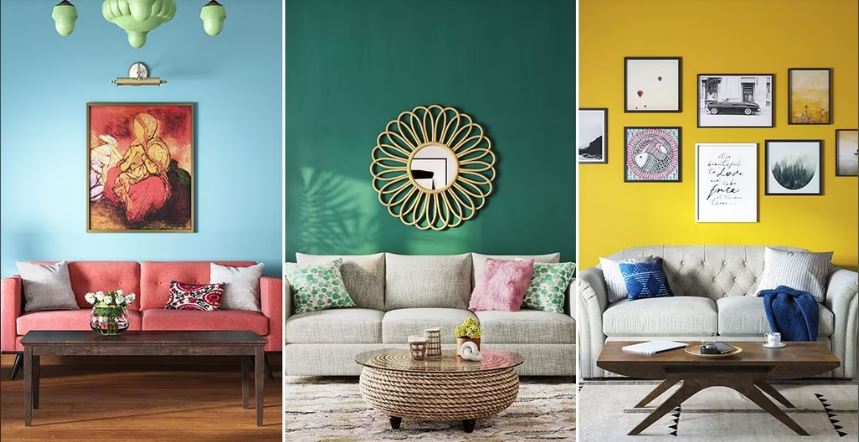
The Use of Brick in Interior Architecture
Brick is a traditional yet versatile material in interior design, adding warmth, character, and texture to spaces.
✔️ Advantages of Brick in Interior Design:
-
Enhances texture and depth
-
Provides thermal and sound insulation
-
Can be combined with modern materials like metal and glass
✔️ Applications of Brick in Interior Spaces:
-
Exposed brick walls in living rooms to create an industrial or rustic look
-
White or colored bricks for modern and minimalist designs
-
Fire-resistant bricks around fireplaces for a stylish and functional touch
✔️ Execution Tips:
-
Proper grouting prevents efflorescence (white salt deposits) and dirt buildup.
-
Protective coatings help reduce dust and moisture penetration.
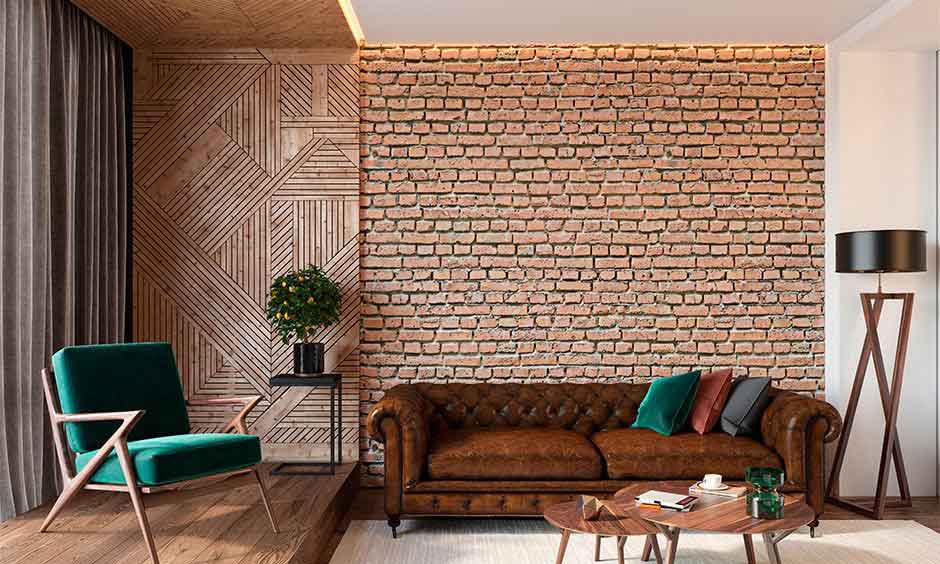
Practical Tips for Achieving an Ideal Interior Design
✔️ Maintain harmony between colors and materials. A balanced mix of wood, stone, and glass enhances visual appeal.
✔️ Optimize lighting. Combining natural and artificial light sources creates a more inviting and functional environment.
✔️ Arrange furniture based on daily needs. Furniture placement should maximize both aesthetics and usability.
✔️ Make small spaces appear larger. Using light colors, mirrors, and smart layouts can make compact areas feel more spacious.
✔️ Pay attention to textures and details. Mixing smooth and rough surfaces adds depth and interest to a space.
Conclusion
Interior design is a blend of art and science that creates spaces that are both visually appealing and highly functional. The choice of materials, proper lighting, and color coordination are crucial factors in successful interior design. Brick, wood, stone, and glass are among the most commonly used materials, each offering unique benefits.
By understanding interior design principles and selecting the right materials, one can create environments that are not only beautiful but also comfortable and efficient, ultimately enhancing daily life and well-being.
